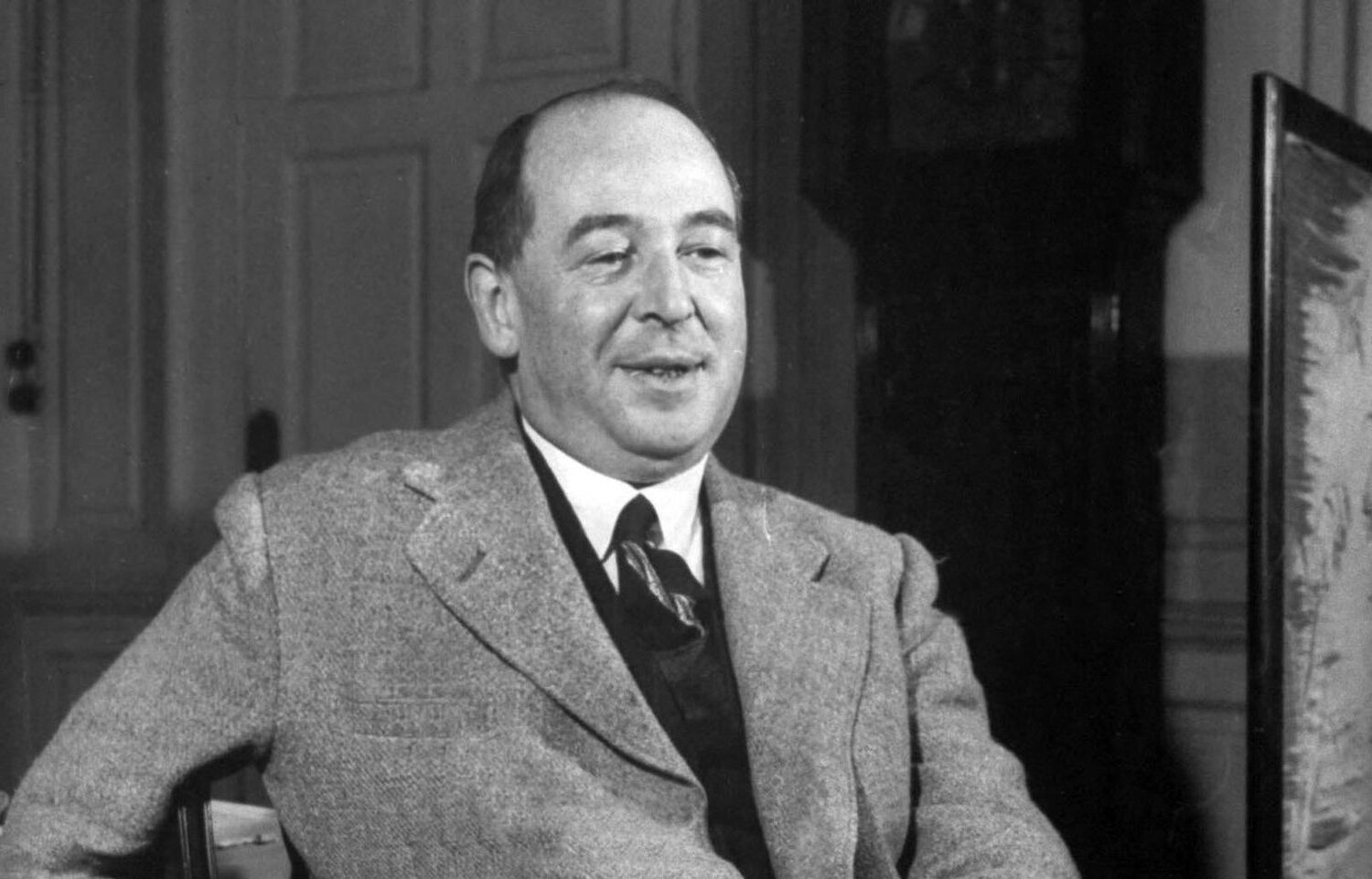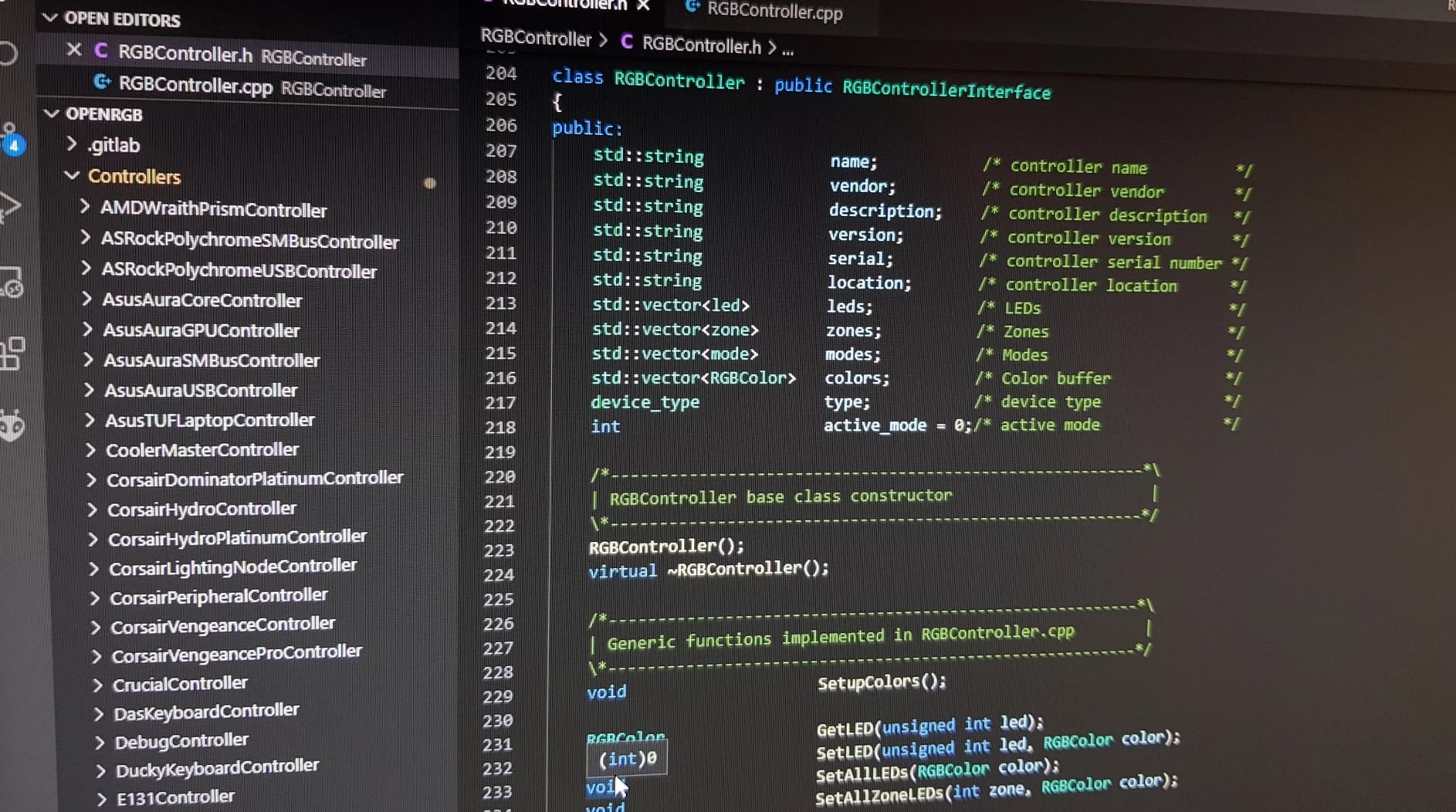
The Minuet, a graceful and elegant dance form, has captivated audiences for centuries with its refined movements and rich history. Originating in 17th-century France, the Minuet was a staple of courtly social gatherings and formal events, showcasing the poise and sophistication of its participants. This dance form, characterized by its moderate tempo and intricate footwork, has left an indelible mark on the world of performing arts.
As we delve into the fascinating realm of the Minuet, we will uncover its cultural significance, evolution through the ages, and enduring influence on dance and music. From its royal origins to its enduring presence in contemporary performances, the Minuet continues to enchant and inspire both dancers and spectators alike. Join us on a journey through the enchanting world of the Minuet as we unravel 11 compelling facts that illuminate the beauty and allure of this timeless dance form.
Key Takeaways:
- Minuet, a dance form from France, symbolizes elegance and grace, captivating audiences with its refined movements and timeless charm, inspiring contemporary dance and celebrating tradition and heritage.
- With its 3/4 time signature, the Minuet embodies courtly elegance, showcasing the artistry of classical dance and captivating audiences with its graceful and sophisticated movements.
Minuet is a Popular Dance Form
Minuet is a popular dance form that originated in France during the 17th century. It was a staple of the aristocratic social scene and was often performed at formal gatherings and royal courts. The dance is characterized by its graceful and elegant movements, making it a timeless classic in the world of performing arts.
Minuet is a Symbol of Elegance and Sophistication
The Minuet is renowned for its graceful and refined movements, making it a symbol of elegance and sophistication in the realm of dance. Dancers perform intricate steps and patterns with poise and precision, embodying the grace and charm of the historical era in which the dance flourished.
Minuet is a Standard Feature in Baroque Music
The Minuet is a standard feature in Baroque music, often serving as a movement within larger musical compositions such as symphonies, sonatas, and suites. Its distinct rhythm and structure have made it a beloved component of classical music repertoire, captivating audiences with its timeless allure.
Minuet is Characterized by its 3/4 Time Signature
One defining characteristic of the Minuet is its 3/4 time signature, which contributes to its distinctive and captivating rhythm. This time signature sets the pace for the dance, guiding the graceful movements of the performers as they glide across the dance floor with elegance and precision.
Minuet Showcases Polite and Refined Gestures
The Minuet showcases polite and refined gestures, reflecting the social norms and etiquette of the historical period in which it thrived. Dancers execute intricate footwork and graceful arm movements, exuding an air of sophistication and grace that captivates audiences with its timeless charm.
Minuet is an Integral Part of Ballet Repertoire
The Minuet holds a significant place in the repertoire of classical ballet, often featured in ballet productions as a showcase of elegance and classical dance technique. Its graceful and poised movements add a touch of refinement to ballet performances, captivating audiences with its timeless beauty.
Minuet Embodies the Spirit of Courtly Elegance
With its origins in the royal courts of France, the Minuet embodies the spirit of courtly elegance and refinement. The dance reflects the grace and sophistication of the aristocratic social scene, serving as a testament to the opulence and cultural richness of the historical era in which it flourished.
Minuet Continues to Inspire Contemporary Dance
While rooted in history, the Minuet continues to inspire contemporary dance choreography, with artists and choreographers drawing inspiration from its graceful movements and timeless appeal. Its influence can be seen in modern interpretations, showcasing the enduring legacy of this iconic dance form.
Minuet Celebrates Tradition and Heritage
As a cherished dance form with a rich historical legacy, the Minuet celebrates tradition and heritage, serving as a reminder of the cultural significance and artistic expression of bygone eras. Its continued presence in the world of performing arts pays homage to the enduring allure of classical dance forms.
Minuet Captivates Audiences with its Timeless Charm
The Minuet captivates audiences with its timeless charm, enchanting spectators with its graceful movements and refined elegance. Its enduring popularity and cultural significance make it a beloved and cherished dance form that continues to inspire and delight audiences around the world.
Minuet is a Testament to the Artistry of Classical Dance
The Minuet stands as a testament to the artistry of classical dance, showcasing the beauty, grace, and sophistication inherent in this timeless art form. Its enduring legacy and cultural significance cement its status as a revered and cherished dance form in the realm of performing arts.
Conclusion
In conclusion, the minuet is a captivating and historically significant dance form that has left an indelible mark on the world of performing arts. Its graceful movements, elegant music, and rich cultural heritage continue to inspire and enthrall audiences across the globe. Understanding the 11 key facts about the minuet provides a deeper appreciation for its enduring legacy and influence on dance, music, and social customs. Whether delving into its origins, exploring its evolution, or experiencing its timeless charm, the minuet remains a cherished treasure that bridges the past and present, inviting us to partake in its beauty and significance.
FAQs
What is the origin of the minuet?The minuet originated in France in the 17th century and quickly gained popularity as a court dance throughout Europe. Its name is derived from the French word "menu," meaning small, reflecting the dance's graceful and refined nature.
How is the minuet characterized musically?The minuet is characterized by its triple meter and moderate tempo, typically featuring elegant melodies and harmonic structures. It often serves as the third movement in classical symphonies and chamber music compositions, adding a touch of sophistication and grace to the overall musical work.
Was this page helpful?
Our commitment to delivering trustworthy and engaging content is at the heart of what we do. Each fact on our site is contributed by real users like you, bringing a wealth of diverse insights and information. To ensure the highest standards of accuracy and reliability, our dedicated editors meticulously review each submission. This process guarantees that the facts we share are not only fascinating but also credible. Trust in our commitment to quality and authenticity as you explore and learn with us.


